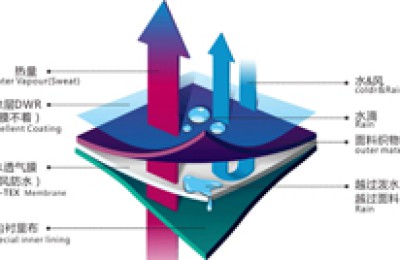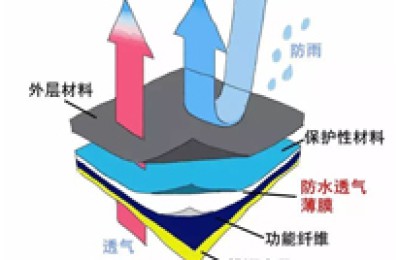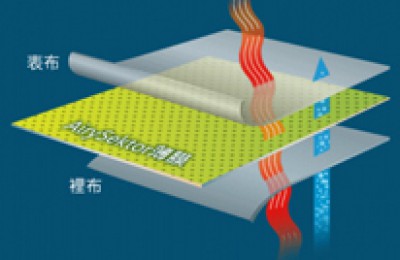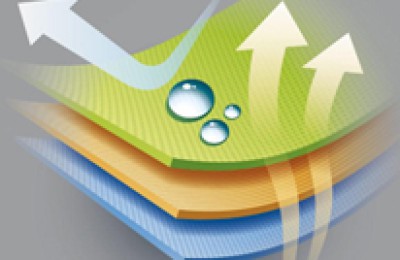31. What are the technical requirements and main monitoring contents of ecological textiles?
Answer: The China Environmental Labeling Certification Committee of the State Environmental Protection Administration proposed that fabric products applying for certification of Chinese environmental labels must meet the following conditions.
Products must not be bleached with chlorine.
Products must not undergo mildew-proof finishing and fire-proofing finishing.
Products must not add pentachlorophenol and tetrachlorophenol.
Products must not have musty smell, gasoline smell or toxic aromatic smell.
Products must not use decomposable toxic aromatic amine dyes and azo dyes, dyes that can cause cancer and dyes that may cause allergies.
The formaldehyde, extractable heavy metal content, pH value of the leachate, dyeing fastness and pesticide residues in the product should comply with OekoTex Standard l00.
The safety of fabrics/workwear should be strictly monitored. Its main monitoring contents are as follows.
①Azo dyes are prohibited. There are currently about 2,000 types of dyes circulating on the market, of which about 70% of synthetic dyes are based on azo chemicals. From the chemical structure of these dyes, there are no carcinogenic aromatic amines, but some products have The residual intermediates may still be detected as carcinogenic aromatic amines due to incomplete separation, causing the final product to fail the test.
②Carcinogenic dyes. It refers to dyes that can induce human cancer without chemical changes such as reduction. There are currently 7 known carcinogenic dyes, which are banned in fabrics.
③Heavy metals can be extracted. Metal complex dyes are an important source of heavy metals on fabrics, and natural plant fibers may also absorb heavy metals from the soil or air during their growth. In addition, some heavy metals may also be introduced during the dye finishing and printing and dyeing finishing processes. In fact, most of the heavy metals that may be contained in fabrics are not in a free state. It will not cause harm to the human body. The so-called extractable heavy metals imitate the surface environment of human skin, extract samples with artificial acid sweat, and use instrument analysis methods such as ICP, AAS and UV-VIS to determine the heavy metals that can be extracted and may enter the human body and cause health hazards. It contains Antimony, arsenic, lead, cadmium, mercury, copper, chromium, cobalt, nickel. and stipulates manipulation indicators.
④Free formaldehyde. During the use of fabrics containing formaldehyde, some free formaldehyde produced by uncrosslinking or hydrolysis will be released, causing harm to human health. Countries have strict limits on the amount of formaldehyde released by fabrics.
⑤pH value. The pH value of fabrics is between slightly acidic and neutral, which is helpful to prevent bacterial invasion.
⑥Chlorine-containing organic carrier. In the normal pressure boiling dyeing of polyester and its blended chemical fiber fabrics, highly efficient coloring carriers such as trichlorobenzene and dichlorobenzene are often added. These chlorine-containing aromatic compounds are harmful to the environment and have potential teratogenicity and carcinogenicity to the human body. .
⑦Pesticides. Natural fibers such as cotton use a variety of pesticides during planting, such as various insecticides, herbicides, fungicides, defoliants, etc. Some of these harmful substances will be absorbed by the fibers, completing the finishing process of the fabrics. Most of the pesticides will be removed, but some will still remain on the product.
⑧Dyeing fastness. Four dyeing fastness indicators are selected for monitoring of ecological fabrics, such as water stains, sweat stains (acidic/alkaline), dry/wet rub resistance, and saliva and sweat stains. Saliva and perspiration fastness is particularly important for baby workwear.
Because the government standardization agencies of various countries have not completely unified the regulations and standards for ecological fabric product monitoring projects, this involves the economic development level of each country and region, the end use of the product, the maturity of the detection method and the actual implementation process Feasibility and many other issues, the monitoring content and indicators of ecological fabric products are also slightly different.
AAAGFHJTYJUTI
Disclaimer:
Disclaimer: Some of the texts, pictures, audios, and videos of some articles published on this site are from the Internet and do not represent the views of this site. The copyrights belong to the original authors. If you find that the information reproduced on this website infringes upon your rights, please contact us and we will change or delete it as soon as possible.
AA






